Have you ever experienced a slip and fall accident in Florida? From wet surfaces to poor lighting, there are common causes that can lead to these incidents.
In this article, we will discuss what you should do after a slip and fall accident, including seeking medical attention, reporting the incident, and gathering evidence.
We will also explore your rights in a slip and fall case, such as compensation for damages and the ability to file a lawsuit.
We will break down the steps involved in a slip and fall lawsuit, from investigation to trial.
Stay tuned to learn how to handle slip and fall cases in Florida effectively.
What is a Slip and Fall Case?
A slip and fall case, as per Florida law, refers to incidents where an individual sustains an injury from slipping, tripping, or falling on someone else’s property. In such cases, the property owner may be held liable under premises liability for compensation if negligence is proven.
In Florida, slip and fall cases are guided by premises liability laws which outline that property owners are obligated to uphold a safe environment for visitors. This obligation requires property owners to take reasonable measures to prevent hazards that could result in injuries to anyone on their premises.
To establish a property owner’s liability for compensation in a slip and fall case, the injured party must show that the owner’s negligence directly caused the accident. Demonstrating negligence is critical in these situations as it proves the property owner’s failure to fulfill their duty and provides a basis for seeking damages.
What Are the Common Causes of Slip and Fall Accidents?
Slip and fall accidents may happen due to various hazardous conditions that property owners neglect to address, putting individuals entering the premises at risk and potentially resulting in claims of negligence.
1. Wet or Slippery Surfaces
Wet or slippery surfaces are a common cause of slip and fall accidents, often due to spills, cleaning, or weather conditions that property owners do not promptly address.
When these hazards are neglected, they can result in significant injuries and potential legal responsibilities for property owners. To prevent accidents, property owners should focus on regular maintenance checks to detect and promptly address any possible slip and fall risks.
This includes ensuring appropriate signage in wet areas, using non-slip mats, and quickly cleaning up spills. If an accident does occur, thorough accident reports are essential for documenting the conditions that contributed to the fall, aiding in determining liability and guiding future prevention efforts.
2. Uneven or Damaged Flooring
Uneven or damaged flooring poses safety risks that can result in slip and fall accidents, potentially making property owners liable under premises liability for any resulting injuries and eligible for compensation.
For example, cracked tiles can create a tripping hazard, causing individuals to lose their balance and fall unexpectedly. Likewise, loose carpeting is risky as it can move underfoot, leading to slips. These flooring problems not only impact the appearance of a space but also endanger the safety of occupants.
Property owners are responsible for promptly addressing these issues to maintain a safe environment for anyone entering their premises.
3. Poor Lighting
Insufficient lighting can obscure hazards and increase the risk of slip and fall accidents, potentially resulting in negligence on the part of the property owner according to premises liability laws.
Inadequate lighting not only decreases visibility for individuals but also impairs their ability to navigate safely. When areas like parking lots, walkways, or staircases lack proper lighting, individuals may struggle to identify potential dangers, leading to accidents.
Property owners are legally required to uphold a safe environment for all visitors, which includes ensuring adequate lighting. Failing to address lighting deficiencies can lead to legal implications, as property owners may be held accountable for injuries sustained due to poor lighting conditions on their premises.
4. Obstacles or Clutter
Obstacles or clutter in walkways can lead to slip and fall accidents, potentially resulting in injury claims against the property owner for failing to maintain a safe environment. Common types of obstacles that often cause hazards in walkways include loose rugs or mats, scattered toys, wet floors, and electrical cords. Similarly, clutter such as boxes, shoes, or furniture blocking passages can also pose a danger.
Regular maintenance and keeping walkways clear are essential to preventing accidents. Neglecting these simple measures not only jeopardizes the safety of individuals but can also lead to legal ramifications if someone gets injured on the premises due to negligence.
5. Lack of Handrails or Safety Features
The absence of handrails or other safety features can significantly increase the risk of slip and fall injuries, particularly for premises entrants who rely on these aids for stability. These safety features play a crucial role in maintaining a safe environment, especially in high-risk areas like stairs and ramps.
Property owners have a legal obligation to provide a secure premises for all entrants, which includes ensuring the installation and proper maintenance of handrails. By implementing these safety measures, property owners can help prevent accidents and protect individuals from unnecessary harm. Handrails not only offer physical support but also provide a sense of security and confidence to those navigating potentially hazardous areas.
What Should You Do After a Slip and Fall Accident?
Following a slip and fall accident, it is important to take certain steps to ensure safety, document the incident, and collect necessary evidence for any potential claims. These steps typically involve:
- Seeking medical attention
- Reporting the accident
- Gathering evidence
- Contacting a slip-and-fall lawyer
1. Seek Medical Attention
After a slip and fall accident, the first step is to seek immediate medical attention. This ensures that any injuries are treated promptly and medical records are created.
Even if there are no immediate signs of injury, it is important to have a doctor evaluate your condition. This can help in detecting any internal injuries that may not be immediately apparent and ensures that your injuries are accurately documented in your medical records.
In case of a legal claim arising from the accident, these medical records act as solid evidence of the injuries sustained and the treatment provided. This strengthens your case and enhances the likelihood of a successful claim.
2. Report the Accident
Following a slip and fall accident, it is important to report the incident to the property owner or manager and, if necessary, file a police report to officially document the circumstances.
Informing the property owner ensures that they are informed about the incident and can take appropriate actions to prevent similar accidents in the future. Keeping an official accident report on record can be critical for insurance claims or potential legal actions.
If the accident took place on public property or if there is a dispute with the property owner regarding the details, a police report can serve as valuable evidence, providing an impartial account of the incident. This documentation can play a significant role in establishing liability and pursuing compensation for any injuries or damages that occurred.
3. Gather Evidence
The process of gathering evidence is crucial following a slip and fall accident. This involves collecting security camera footage, securing eyewitness testimony, and obtaining any available forensic evidence.
Photographs taken of the scene immediately after the incident can serve as visual documentation of hazardous conditions, which can support claims of negligence. Witness statements provide firsthand accounts of the event, adding credibility to the case. Video footage often captures the accident as it happens, providing a detailed record of the events.
It is important to act promptly to preserve this evidence before it is lost or altered, as it can play a crucial role in establishing liability and pursuing compensation for damages.
4. Contact a Lawyer
Seeking guidance from a slip-and-fall lawyer is essential following an accident to navigate the legal procedures, construct a solid claim, and seek appropriate compensation for your injuries.
These specialized attorneys play a critical role in evaluating the circumstances surrounding your fall, establishing liability, and providing advice on the optimal legal pathways. Utilizing their expertise, they can analyze evidence like maintenance records or surveillance footage to bolster your case.
Once they have all the pertinent details, slip-and-fall lawyers can efficiently engage in negotiations with insurance companies to ensure you obtain the suitable compensation you are entitled to. Their experience in handling such cases can significantly impact the attainment of a fair outcome in your favor.
What Are Your Rights in a Slip and Fall Case?
In a slip and fall case, individuals have specific rights under the law, including the right to seek compensation for damages and the right to file a lawsuit if necessary to secure financial compensation for injuries.
1. Right to Compensation for Damages
Individuals who experience slip and fall accidents have the option to pursue compensation for various damages, which may include financial coverage for injuries, medical costs, and other associated expenses. These damages could involve a broad spectrum of losses like medical bills, rehabilitation fees, and potential loss of income resulting from the inability to work after the accident.
To quantify these damages, it is necessary to compile detailed documentation of all incurred expenses, such as medical records, receipts, and evaluations from experts. Demonstrating these damages often entails showcasing the severity of the injuries sustained, the impact on daily activities and capabilities, and the emotional strain endured.
This meticulous process plays a crucial role in obtaining suitable compensation that accurately reflects the true extent of the harm caused by the slip and fall incident.
2. Right to File a Lawsuit
If an amicable settlement cannot be reached, slip and fall victims have the right to file a lawsuit against the defendant within the statute of limitations prescribed by law.
The statute of limitations sets a specific time frame within which legal action must be initiated. It is crucial to adhere to this deadline, as failing to do so can result in the dismissal of the case.
When deciding to file a lawsuit, various factors come into play, such as the extent of injuries, financial losses incurred, and evidence to support the claim. The process of pursuing legal action involves gathering evidence, drafting legal documents, serving the defendant, engaging in pre-trial negotiations, and ultimately presenting the case in court.
What Are the Steps in a Slip and Fall Lawsuit?
The process of a slip and fall lawsuit includes various essential steps such as:
- Investigation and evidence gathering
- Negotiations and settlement discussions
- Filing the lawsuit
- Conducting discovery and depositions
- Proceeding to trial for a verdict
1. Investigation and Evidence Gathering
- The first step in a slip and fall lawsuit involves the investigation and evidence gathering phase, where forensic evidence, construction records, and maintenance records are collected to establish a solid case.
- Photographs are essential for documenting the condition of the accident scene, helping with reconstructing the events prior to the incident.
- Witness statements offer valuable firsthand testimonies, illuminating any potential hazards or negligent actions that played a role in the fall.
- Maintenance logs are scrutinized to assess whether proper upkeep and safety protocols were in place at the time of the accident.
- A thorough investigation is crucial for determining negligence and liability, as it helps in presenting a clear depiction of the events and identifying potentially responsible parties.
2. Negotiations and Settlement
During the negotiations and settlement phase, both parties, often through their insurance companies, aim to reach an agreement on compensation without proceeding to trial. This phase is important as it involves discussions to find a middle ground where the victim receives appropriate compensation for their losses while the responsible party seeks to limit their financial liability.
Lawyers are crucial in advocating for their clients during this process, utilizing their expertise to evaluate the value of the claim, negotiate on behalf of their clients, and ensure that any settlement reached is fair and just. The choice to settle instead of going to trial has its advantages and disadvantages.
3. Filing a Lawsuit
If settlement negotiations are unsuccessful, the next course of action is to file a lawsuit, formally presenting the claim against the defendant in court.
This process commences the formal legal proceedings, during which the plaintiff is required to prepare and submit various documents to the court to officially initiate the case. These documents typically include a complaint detailing the facts of the case, a summons to inform the defendant of the lawsuit, and any pertinent evidence or exhibits.
Once the necessary paperwork is prepared, it is essential to serve the defendant with these documents to ensure they are informed of the legal action being taken against them. This step is crucial as it signifies the commencement of the defendant’s involvement in the litigation process.
4. Discovery and Depositions
The discovery and depositions phase involves both parties exchanging evidence and collecting detailed testimonies, including eyewitness testimony, to prepare for trial. During this crucial phase, attorneys from each side send requests for documents, interrogatories, and requests for admissions to gather all relevant information.
Depositions play a key role as witnesses are questioned under oath, providing valuable insights and perspectives that can shape the direction of the case. By delving deep into the facts and circumstances surrounding the dispute, both parties aim to uncover strengths and weaknesses in their arguments, thereby laying a strong foundation for the trial ahead.
5. Trial and Verdict
The final stage in a slip and fall lawsuit is the trial, during which both parties present their evidence and arguments to a judge or jury. The judge or jury then delivers a verdict based on the facts presented and the concept of comparative fault.
At the trial, proceedings generally commence with opening statements from each side, where they outline their case and what they aim to establish. Following this, witnesses are examined by both parties to provide testimony supporting their respective positions. The credibility of witnesses and the strength of their testimony are crucial in influencing the judge or jury’s decision.
During closing arguments, each party summarizes their case, reinforces key points, and endeavors to persuade the decision-makers to rule in their favor. The verdict ultimately hinges on a preponderance of the evidence presented, taking into account factors like the level of fault attributed to each party.
The concept of comparative fault can impact the final decision by assigning a percentage of responsibility to each party involved, potentially affecting the damages awarded in the case.
Frequently Asked Questions
What is considered a slip and fall case in Florida?
A slip and fall case in Florida refers to an incident where someone slips, trips, or falls on someone else’s property due to a hazardous condition.
What should I do if I have been involved in a slip and fall accident in Florida?
If you have been involved in a slip and fall accident in Florida, it is important to seek medical attention, report the incident to the property owner, gather evidence, and consult with a personal injury attorney.
What are the time limits for filing a slip and fall case in Florida?
In Florida, the statute of limitations for filing a slip and fall case is four years from the date of the accident. It is important to file your case within this time frame, as any claims made after this period may not be accepted by the court.
What type of compensation can I receive in a slip and fall case in Florida?
If you have been injured in a slip and fall accident in Florida, you may be entitled to compensation for medical expenses, lost wages, pain and suffering, and other damages. This will depend on the specific details of your case.
Do I need to prove the property owner was at fault for my slip and fall accident in Florida?
In Florida, the burden of proof falls on the plaintiff (the injured party) to prove that the property owner was negligent in maintaining their property and that negligence led to the slip and fall accident. This can be a complex process, and it is important to have a personal injury attorney on your side.
Can I still file a slip and fall case in Florida if I was partially at fault for the accident?
Yes, Florida follows the comparative negligence rule, which means that if you are partially at fault for the slip and fall accident, your compensation may be reduced based on the percentage of fault assigned to you. However, you can still receive some compensation for your injuries.

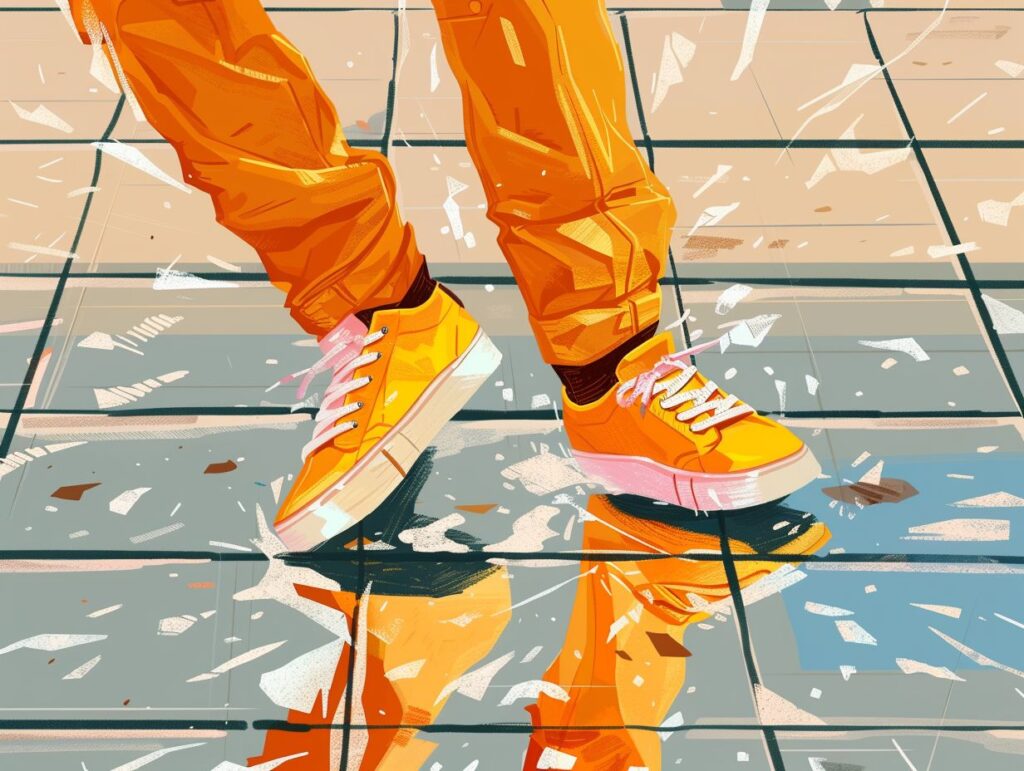
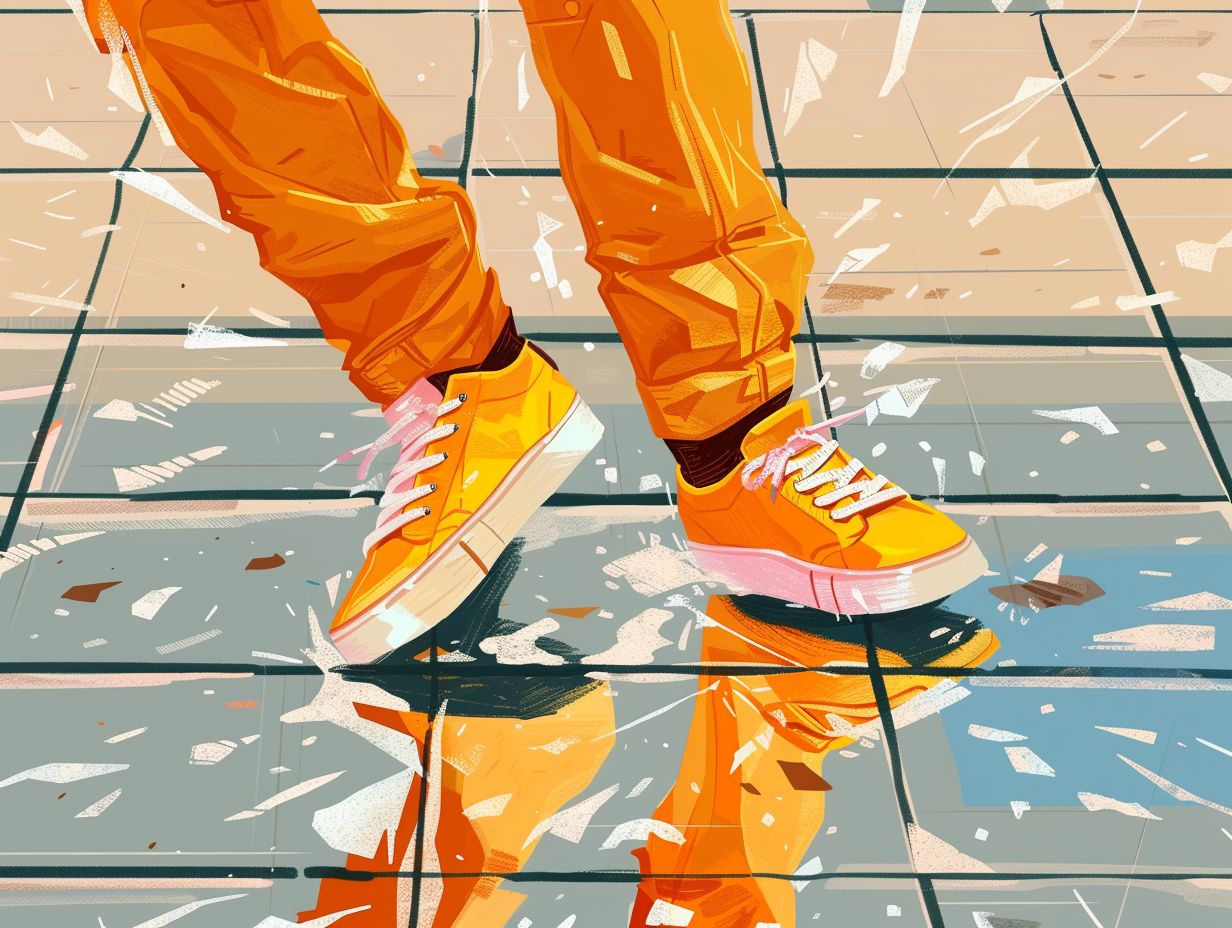
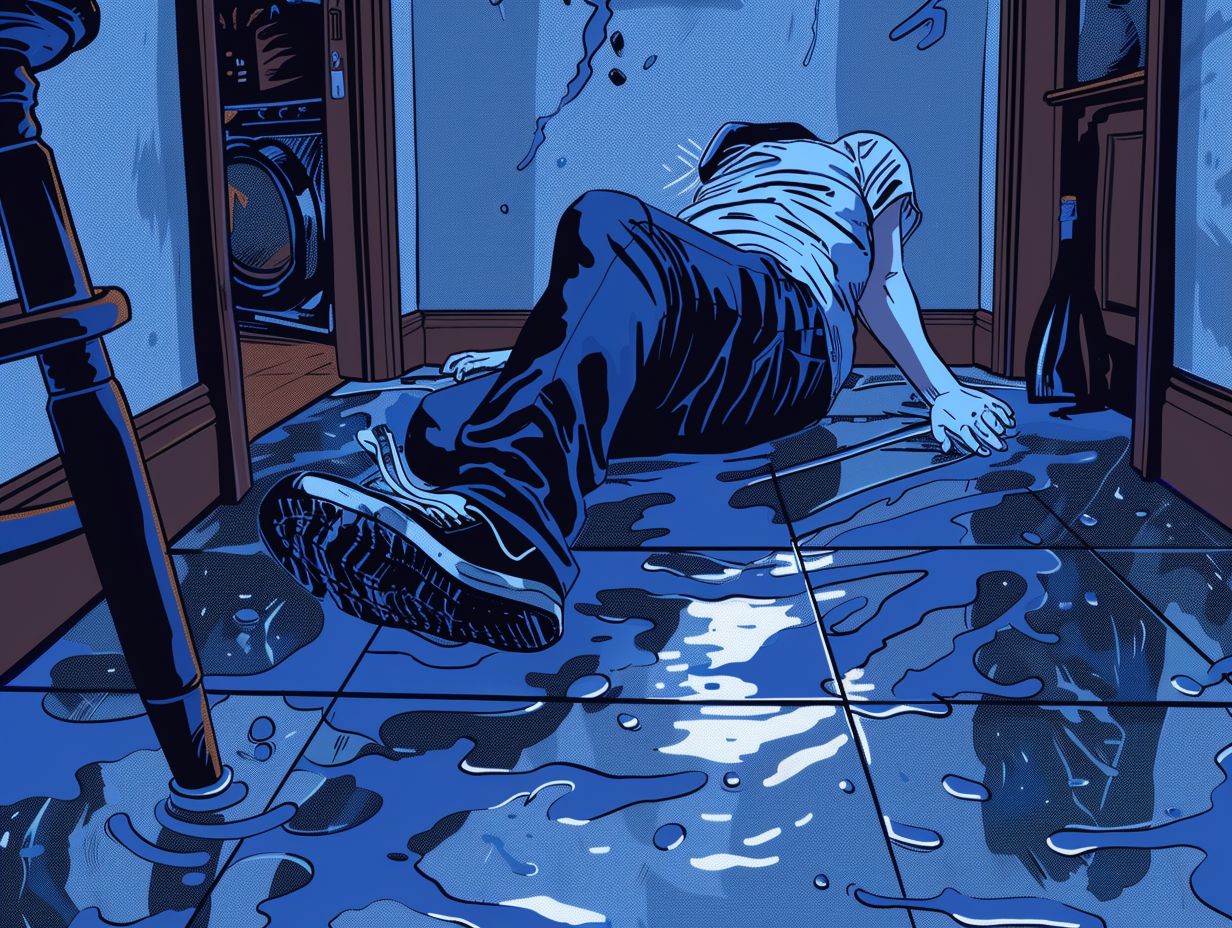
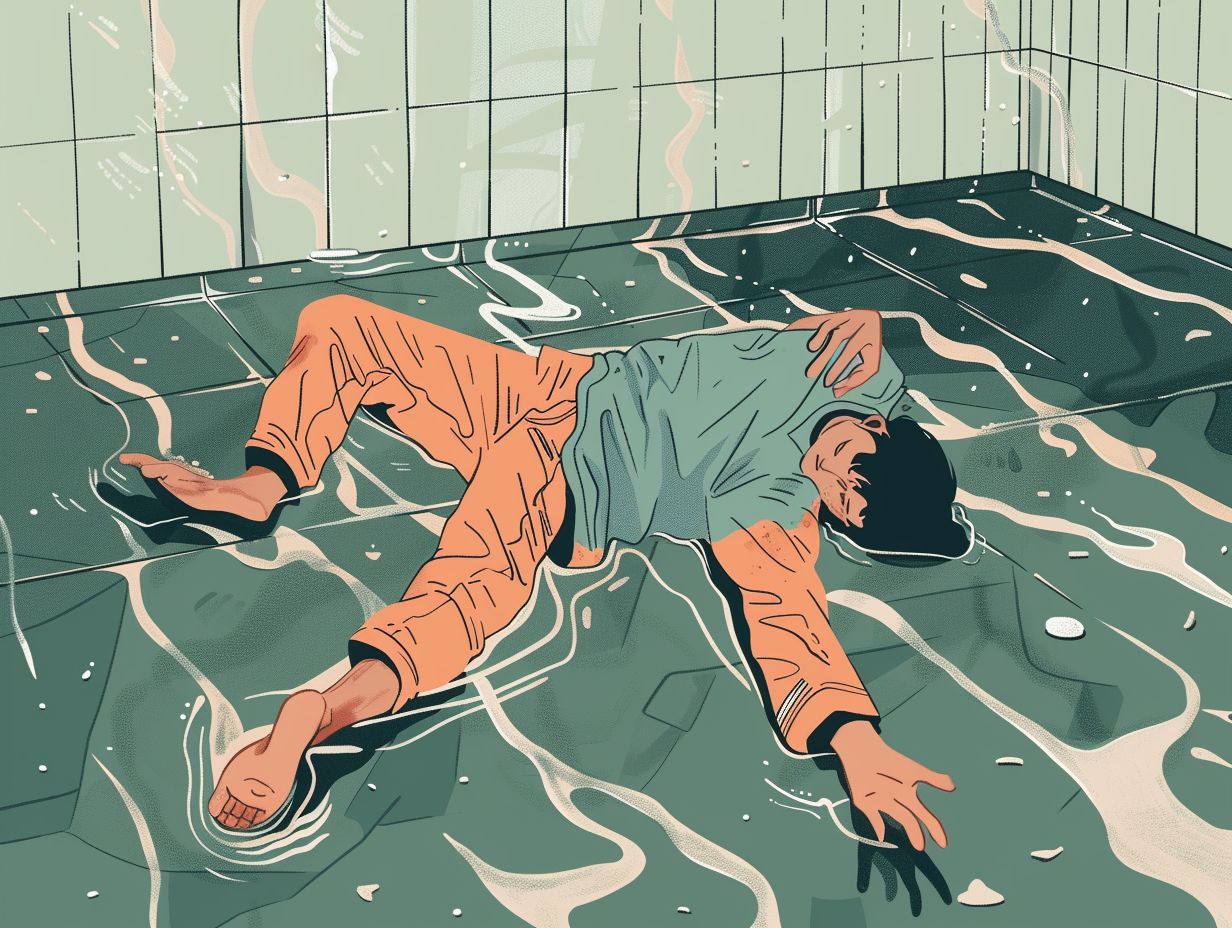
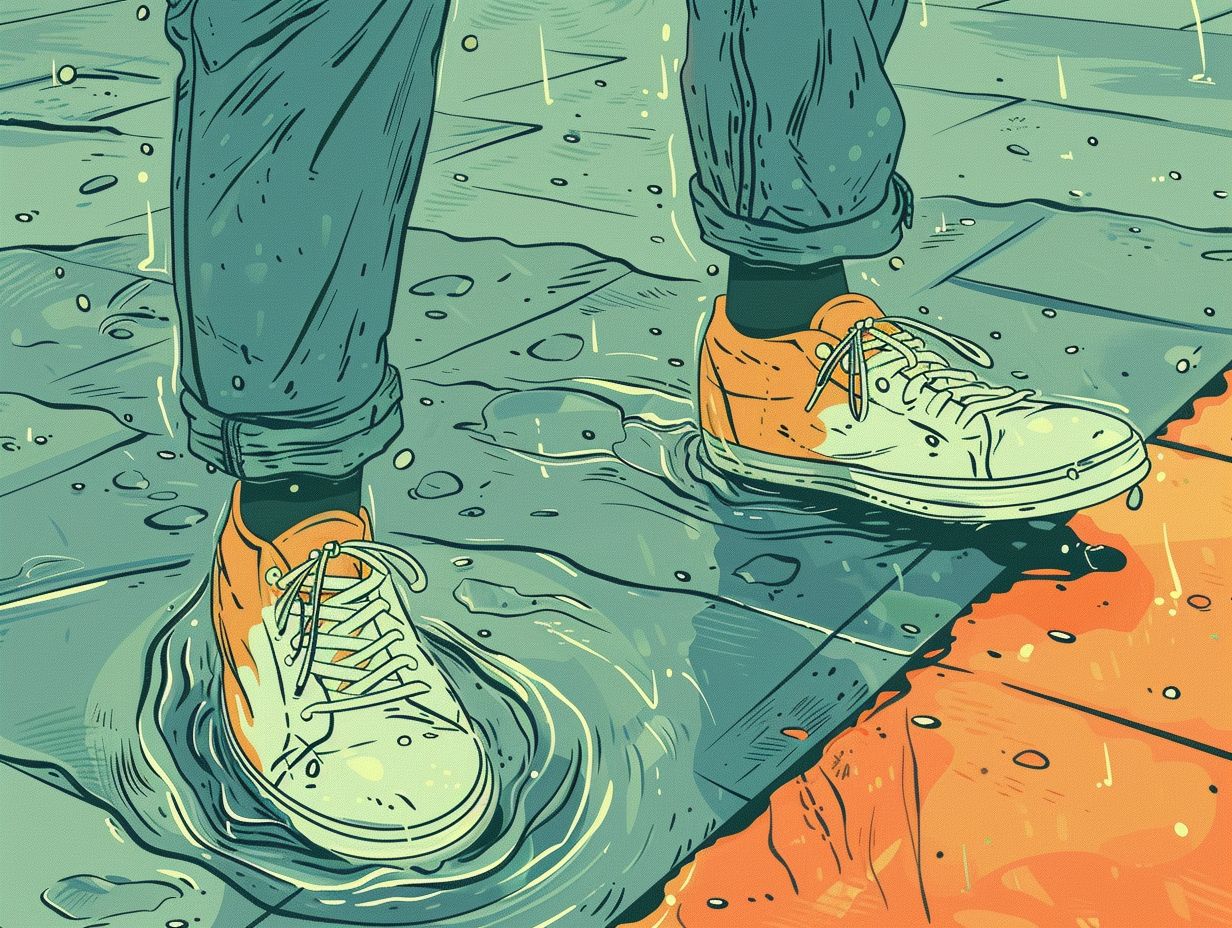
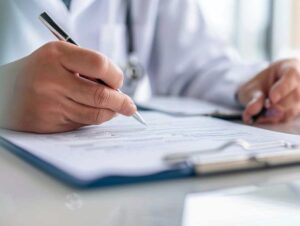
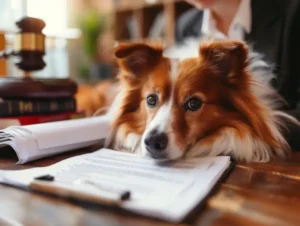









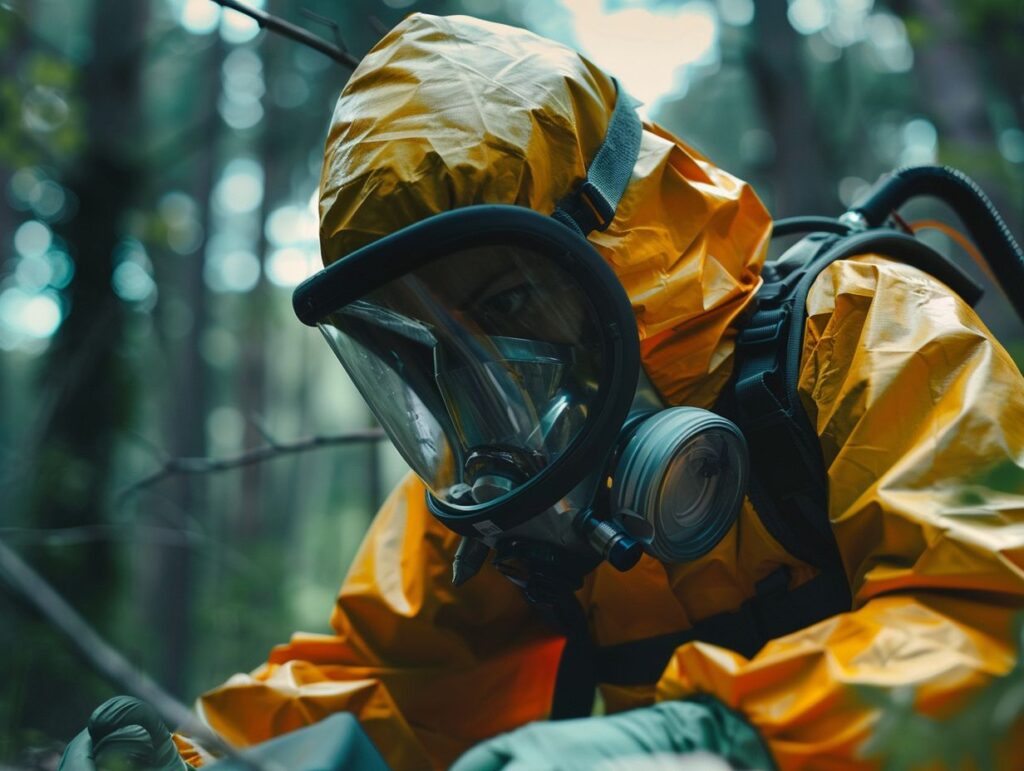
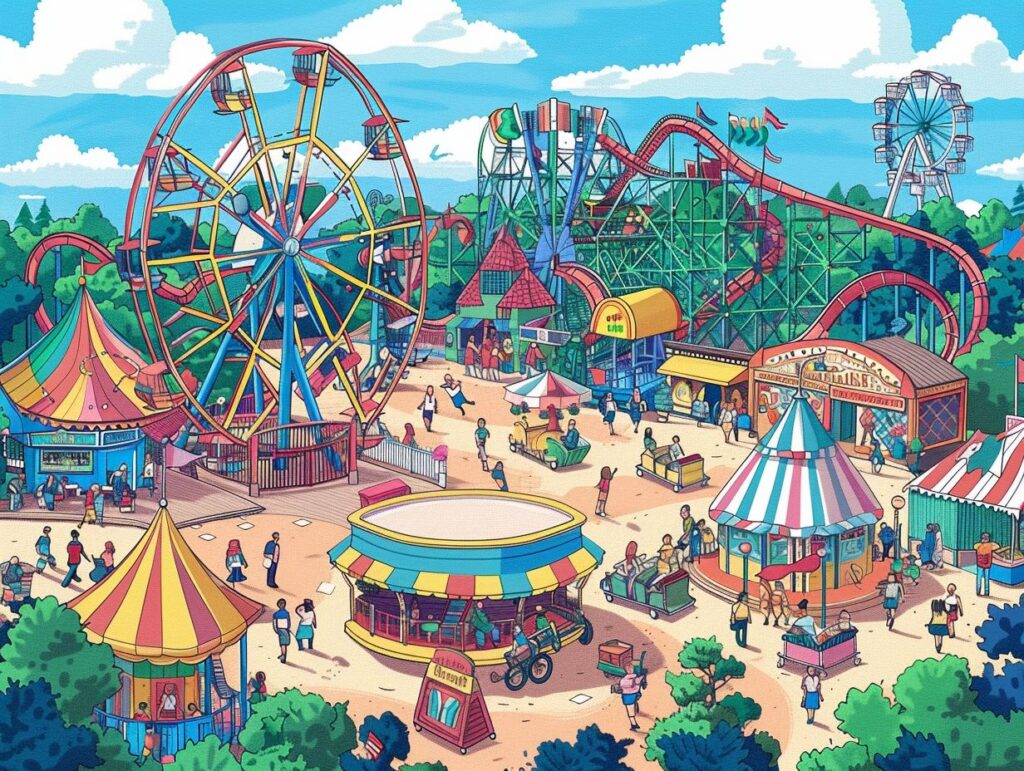
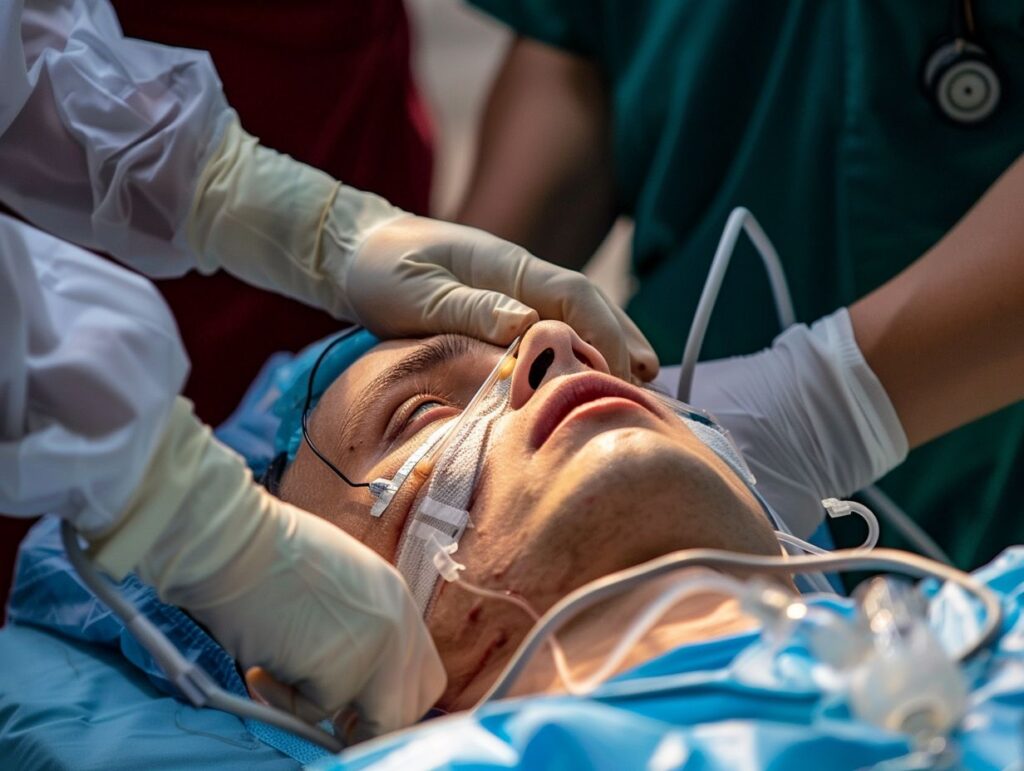
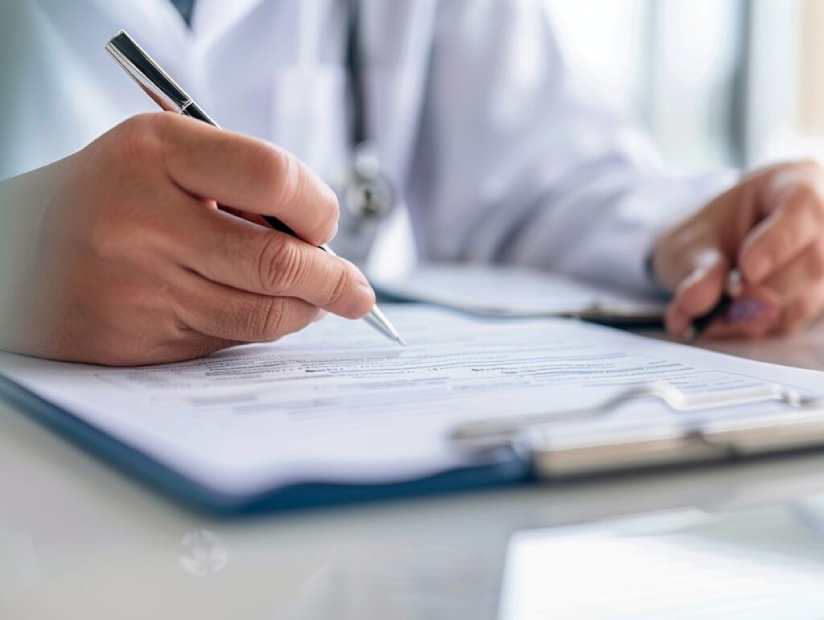
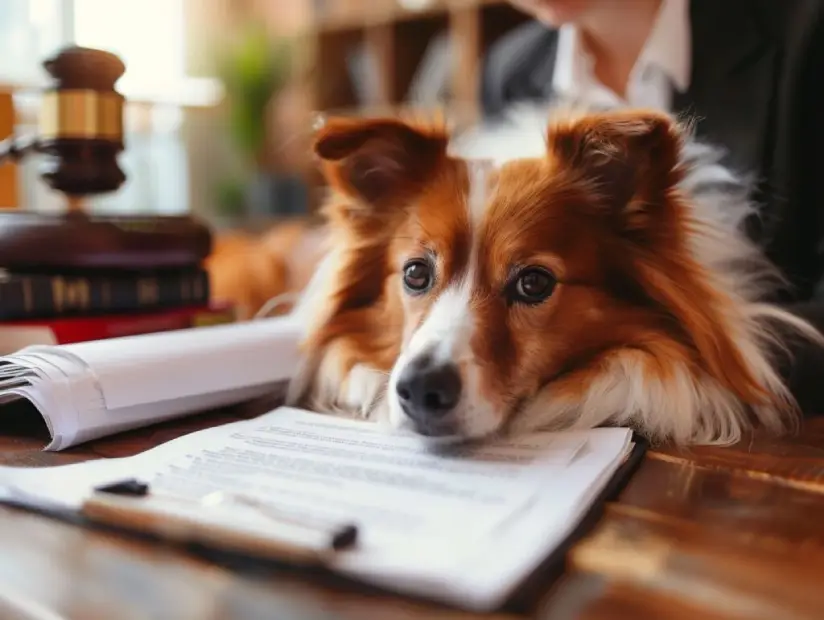
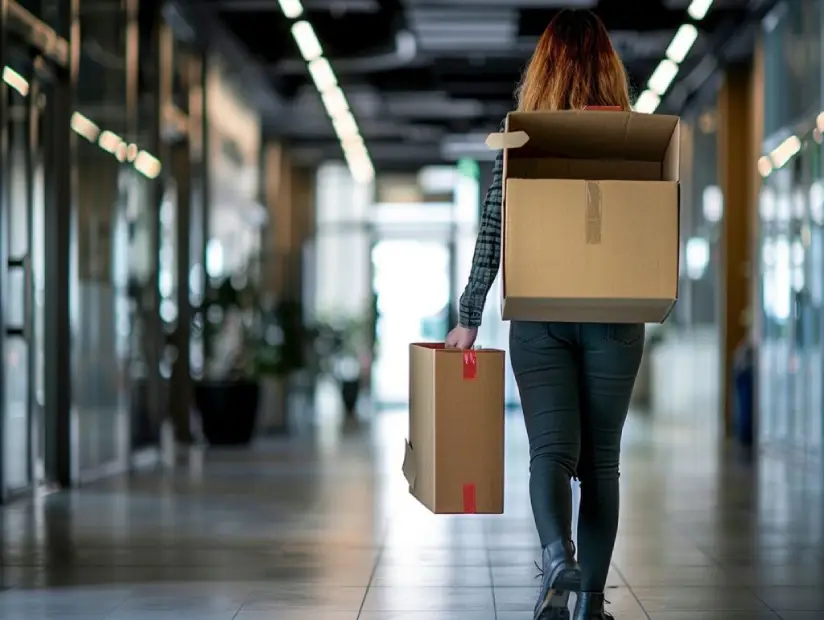
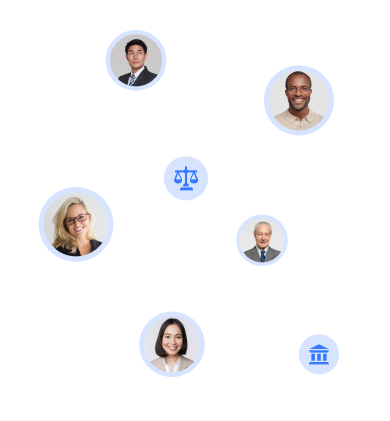



Rate this article:
Average rating 0 / 5. Vote count: 0
No votes so far! Be the first to rate this post.
No Comments yet!